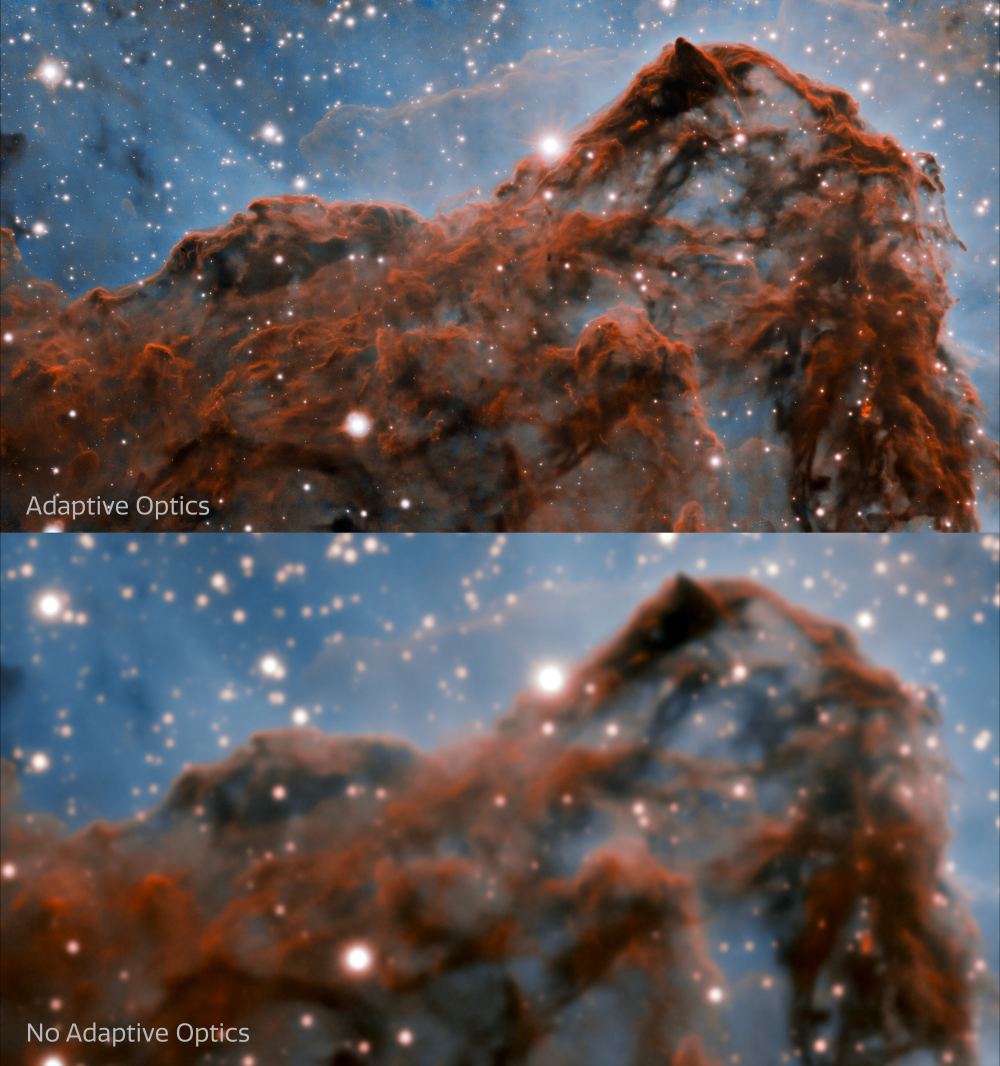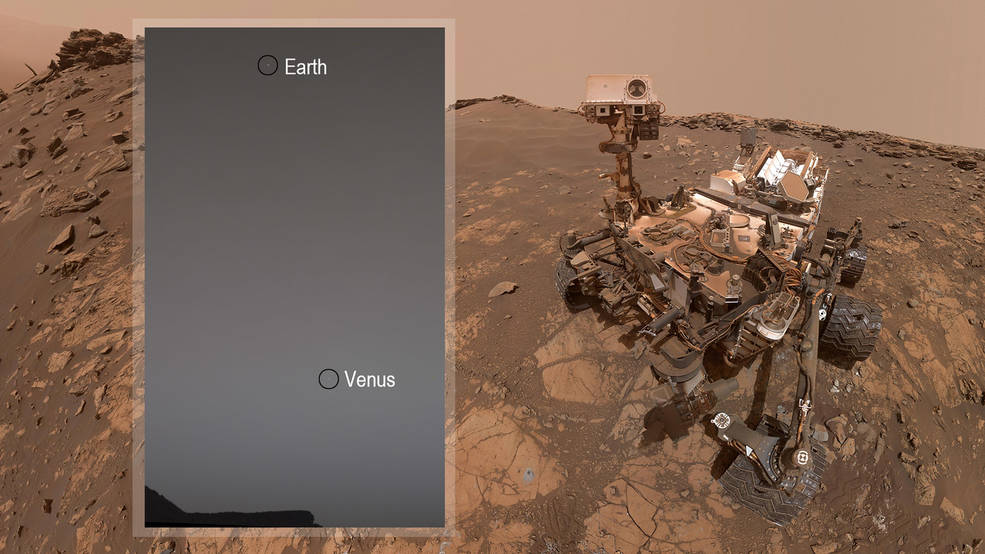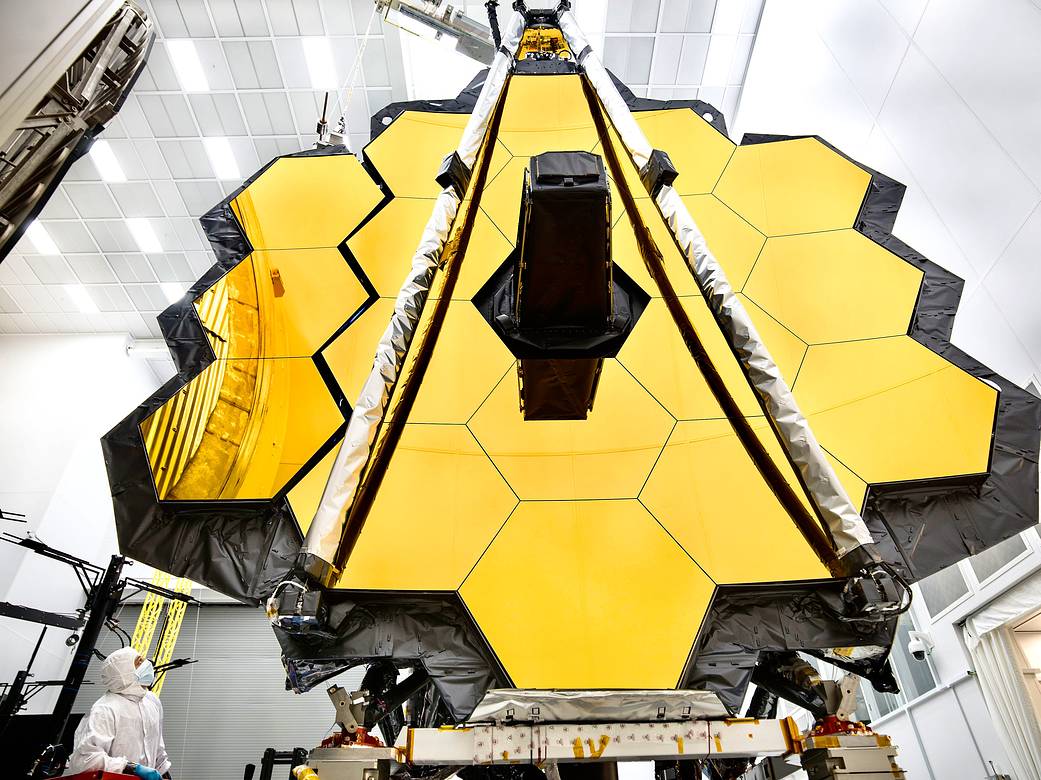Anyone who has ever worked on a team knows that their strength lies in coordination and a shared vision. However, it is not always easy to provide that coordination and shared vision, and any team that lacks that cohesiveness becomes more of a hindrance than a help.
Science is not immune to the difficulties of running effective teams. There is plenty to be gained from more coordination between differing silos and physical locations. Recently a meeting in Chile prompted a group of scientists to propose a plan to change that. The result is a white paper that points out the potential benefits of coordinating ground, orbital and in situ based observations of objects. But more importantly, it suggests a different path forward where all of the space science community can benefit from the type of coordinated output that can only come from a cohesive team.
Continue reading “What’s Possible When Earth and Space-based Telescopes Work Together?”










